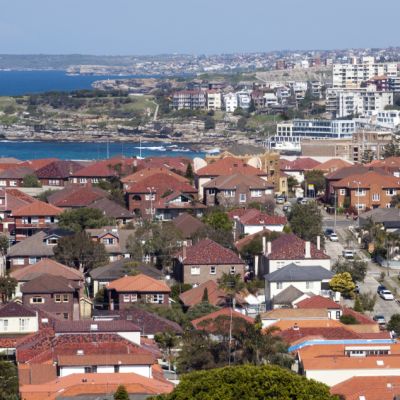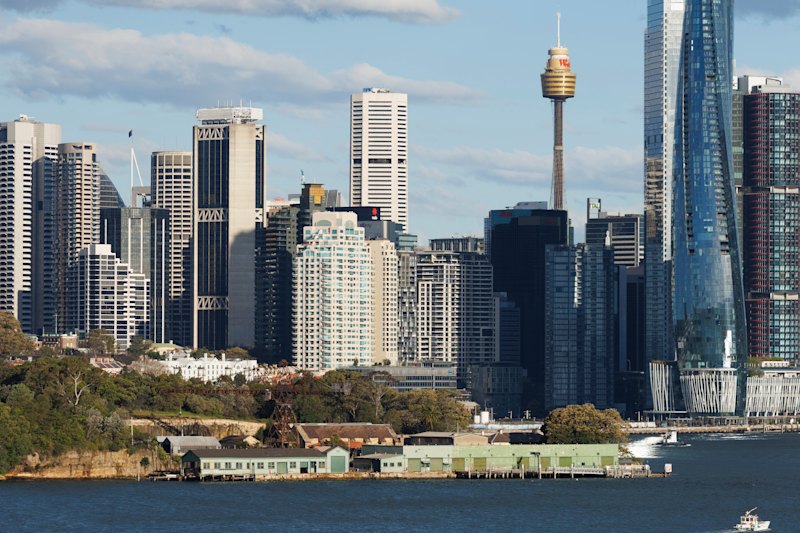Borderless investing: How buying outside your own city can help minimise downturn risks
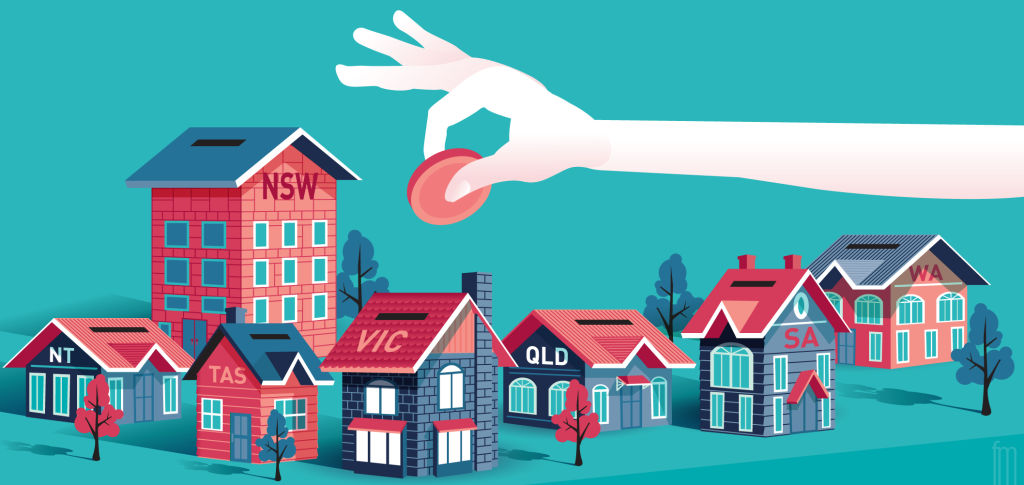
Australia is made up of many real estate markets, which don’t always move in sync. Values may be falling in one market, and rising in another.
Investing in a city or region other than your own can be a wise way to spread risk across multiple markets.
Another city might be at a more favourable point in its property cycle, potentially allowing investors to benefit from higher capital growth rates in the future.
But this strategy does have its own set of challenges and risks that need to be managed.
Why diversify?
Having all your eggs in one basket might seem smart when values are increasing, because higher exposure to a rising market maximises potential gains.
But overexposure increases risk, because declines in value are amplified during a downturn.

Diversification doesn’t guarantee against losses, but it does minimise risk, according to founder of wealth advisors Suburbanite Anna Porter.
“Diversification not only offsets potentially changing market environments and economic drivers like employment and vacancy changes, it’s also about diversifying against the things we never imagined could go wrong,” she says.
Broad factors such as tightening of credit put downward pressure on prices on a national level, but many factors are more localised.
“It’s … about diversifying against the things we never imagined could go wrong.”
Improving employment opportunities, demographic changes and infrastructure upgrades can all contribute towards rising values on a city or suburb level.
If few catalysts for growth can be seen in your own market in the near future, it may be wise to look elsewhere.
“To be a successful property investor you need to embrace borderless investing,” says Empower Wealth partner and The Property Couch host Bryce Holdaway.
That doesn’t mean avoiding Australia’s biggest markets altogether. “If you plan on building a successful property portfolio you should try to get an asset in Melbourne and Sydney into your portfolio,” he says.
Signs to look for
Changes to median prices give an indication of how prices have moved, but not necessarily where values are heading in the future.
Basing decisions on past price growth alone is problematic, according to Propertyology managing director Simon Pressley.
“We can’t invest in last year, we can only invest in next year,” he says. “The answers aren’t going to be found in median house prices. The answer is understanding where that market is at in its growth cycle.”
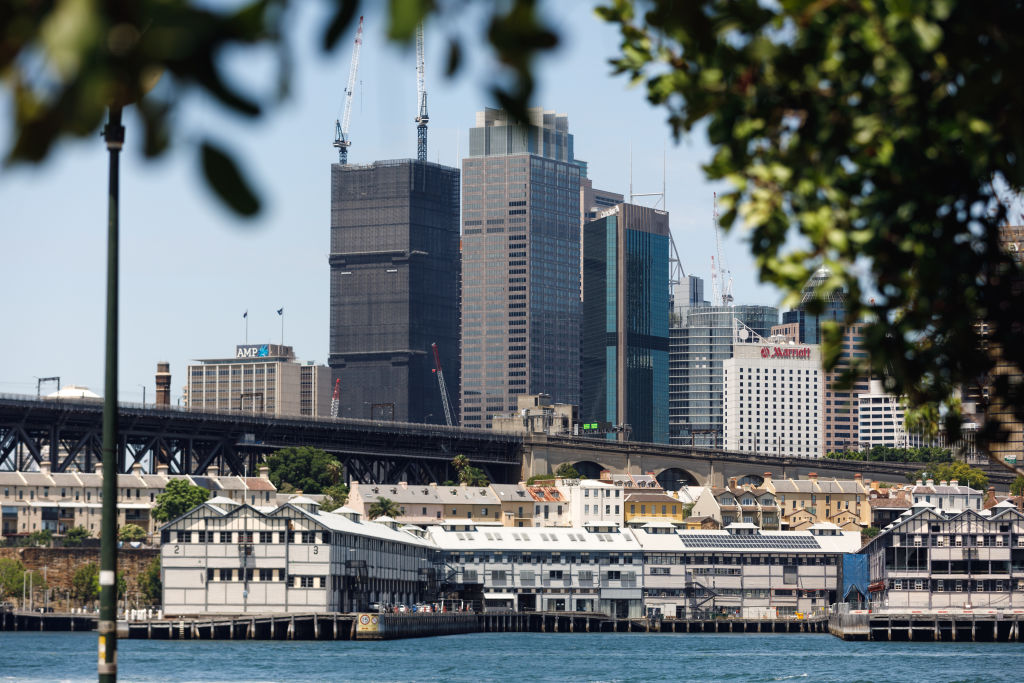
An important indicator of growth potential is the local economic outlook. A diversified local economy and growth in employment are key factors to look for, according to Holdaway, due to the effect wage growth has on prices.
“Income drives property because income determines borrowing capacity,” he says.
Infrastructure upgrades are another positive sign, providing the economy will benefit from the changes.
“It has to be infrastructure that feeds employment,” Porter says. “A bridge or road is not satisfactory whereas a hospital or university can be a good sign.”
Boots on the ground
While it’s possible to invest in a different area from the comfort of your home, buying without understanding the local market is problematic.
“You need to visit the local area, and if you can’t, you need to have a proxy you can trust to do that for you,” Holdaway says.
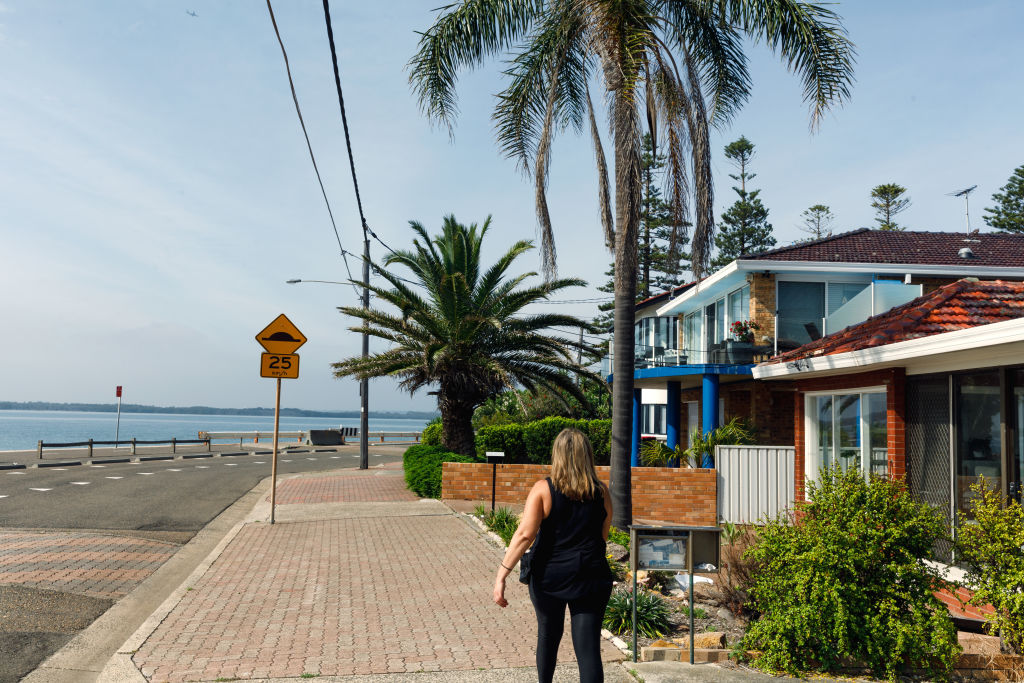
He says investors should partner with local property managers early in their search, as they can advise on the types of properties most desirable on the rental market, and which to avoid.
Similarly, Porter says local valuers can identify which properties have the best growth prospects.
Visiting the target town or city in person can reveal signs of gentrification to back up economic indicators, and help inform neighbourhood and property selection.
“You can’t knock on everyone’s door and say ‘what’s your income?’ ” Holdaway says. “You’ve got to look for clues.”
He says two examples are an influx of entry-level European cars and a flurry of renovation activity, potentially signalling an increasing population of young professionals with rising incomes.
No one indicator should be relied on in isolation, according to Porter. “On its own a piece of data can be an incomplete story,” she says. “Generally if you see the anecdotal evidence and you can back that up with the statistical evidence then you’ve got a pretty solid growth story.”
We recommend
We thought you might like
States
Capital Cities
Capital Cities - Rentals
Popular Areas
Allhomes
More


